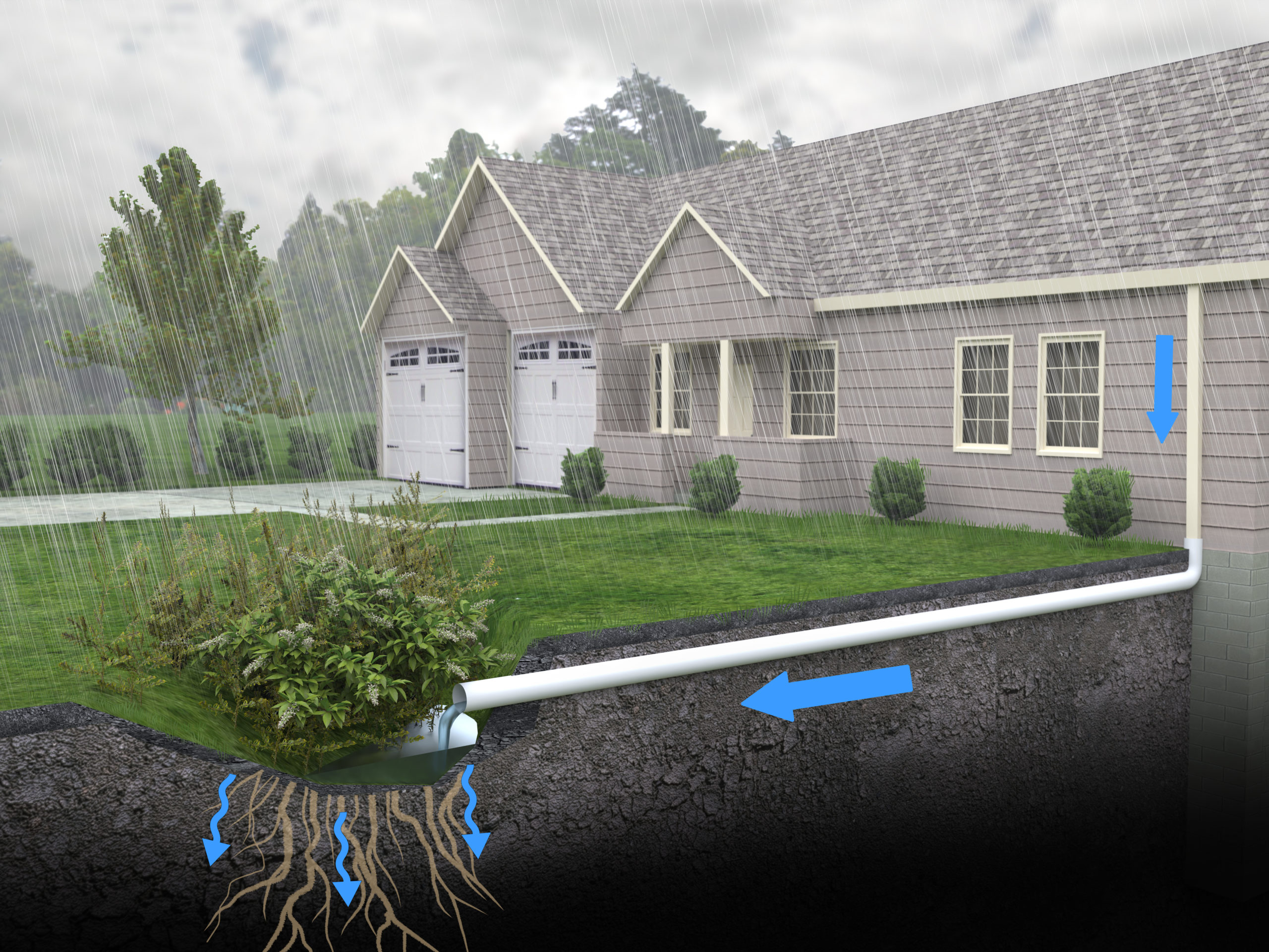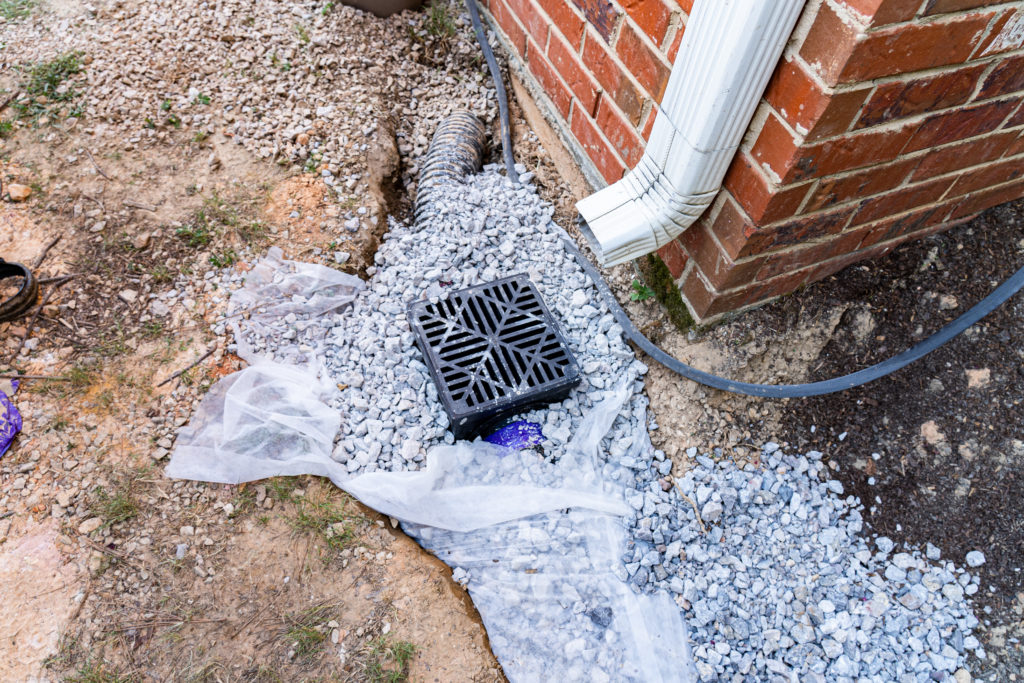After a rainy day, you’ll often find a pool of water at the bottom of your driveway or drainage. This probably isn’t too much of an issue in a house with a basement. However, in homes built on stilts, this can be quite problematic. You’ve got a big problem if your drainage system can’t manage the deluge. Excessive water often leads to flooding, which can cause extensive damage to your home.
Stormwater drainage is an important part of keeping your property safe from flooding. The drainage entails the cleaning, control, and transportation of stormwater and selecting locations to ensure it won’t flood nearby properties in its journey to the sewage treatment systems.
This article will discuss five efficient stormwater drainage tips:
- Contract Professional Plumbers
Stormwater drainage systems are difficult to install, so it’s best to leave them to the professionals. You can find plumbers in your area with a quick internet search or by calling around local contractors. Make sure you have an idea of what you need before calling them because they’ll probably ask questions like “What kind of soil do you have?” and “How high off the ground does your foundation need to be?”
The contractor will handle different drainage needs depending on the type of building and landscape. They will also help you determine your pipes’ size, capacity, and slope. All of these factors are important in ensuring an effective drainage system. All you have to ensure is that you’re dealing with a professional plumber who understands the project’s scope. Also, you can check the range of services they offer and if they can handle your drainage. You can click here for the services plumbers can offer including storm drain cleaning.
- Place Storm Drains In The Right Spots
When it comes time to place your storm drains, make sure they’re placed where they’ll be most effective at draining water away from buildings and other structures. This will help keep water out of basements and other areas that can cause problems. The placement of storm drains is crucial to preventing flooding. Additionally, ensure the drains are placed at a lower elevation than the surrounding area so water can flow in them easily.
Furthermore, you should also make sure the storm drains are placed in areas that won’t be blocked by debris or other obstructions because this can cause problems in the drainage system and lead to flooding.
- Install Gutters And Downspouts
Gutters and downspouts are an important part of any stormwater drainage system. They help collect water from the roof and channel it away from the building. This can help prevent water damage to the roof, walls, and foundation of the house.
It’s important to make sure the gutters and downspouts are properly installed. They should be placed at the right angle and slope to ensure water flows easily in them. The gutters should also be cleaned regularly to prevent debris from blocking water flow.

- Use French Drains
French drains are a drainage system used to collect water from an area, and channels are installed to direct the water away from the property. They are underground trenches filled with gravel and covered by an impermeable membrane, which helps control surface water flow. They can be used around the perimeter of a house or in other areas where water collects.
French drains are an effective way to prevent flooding and water damage. They can also help reduce the amount of runoff from storms. They’re particularly useful in preventing basement flooding and keeping your yard safe from erosion during heavy rainstorms.
- Consider Underground Tanks
An underground tank is a large container placed underground that holds excess water until it can be drained away from the property. Underground tanks are especially helpful if you live in an area that gets frequent storms or flooding since they provide extra storage for excess water and can keep your yard from becoming muddy and damaged during heavy rains.
Underground tanks come in various sizes, so you can choose one that’s right for your needs. They can be made from concrete, plastic, or metal. Be sure to have the tank installed by a professional contractor to ensure that it’s properly sealed and doesn’t leak. Another advantage of underground tanks is that they hold water that can be used for irrigation and outdoor cleaning during the dry seasons.
Conclusion
These are just a few tips to help you create an effective stormwater drainage system. You can keep your property safe from flooding and water damage by following these tips. If you have any questions, consult with a professional contractor or plumber to help you determine the best way to protect your home from storms and floods.






